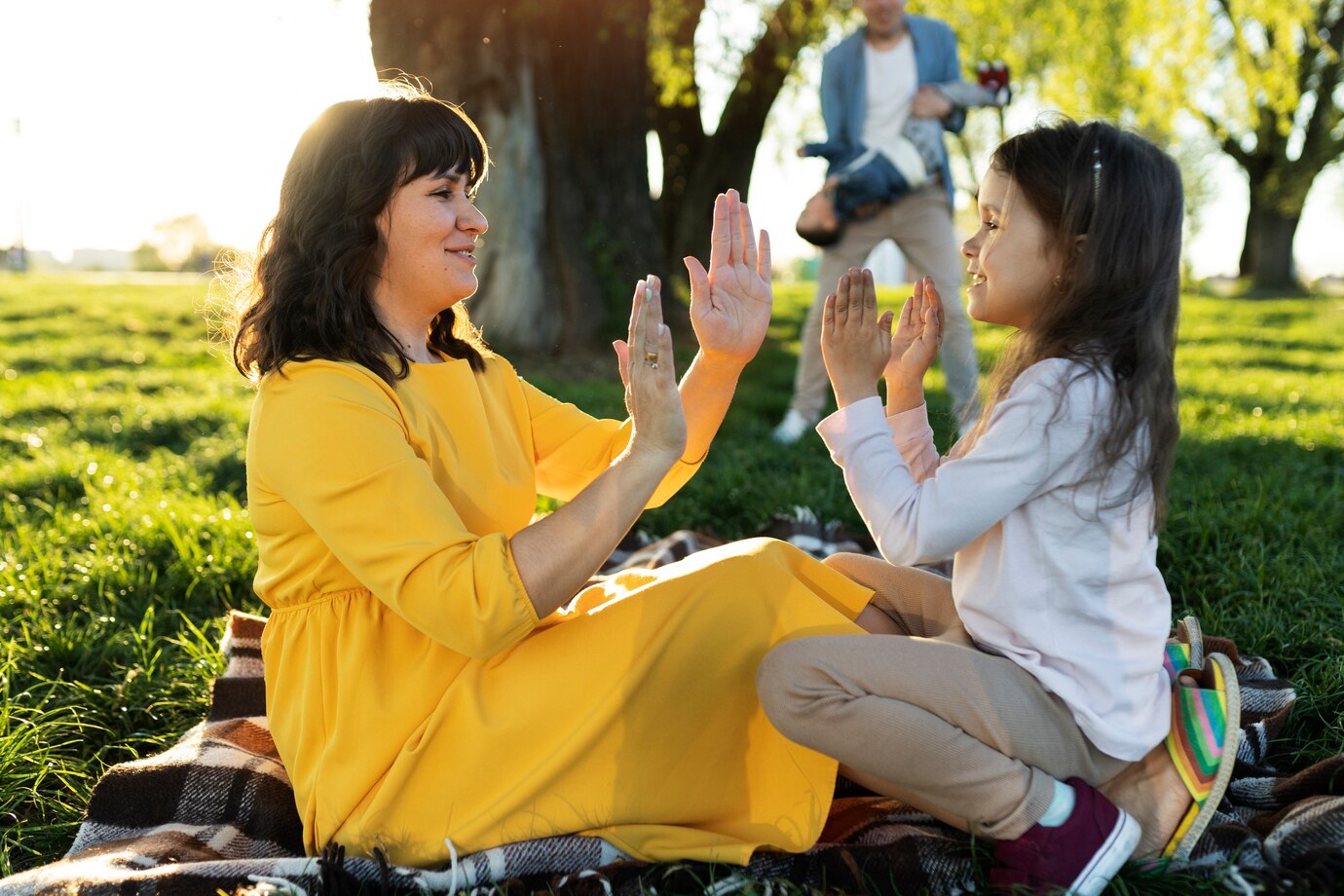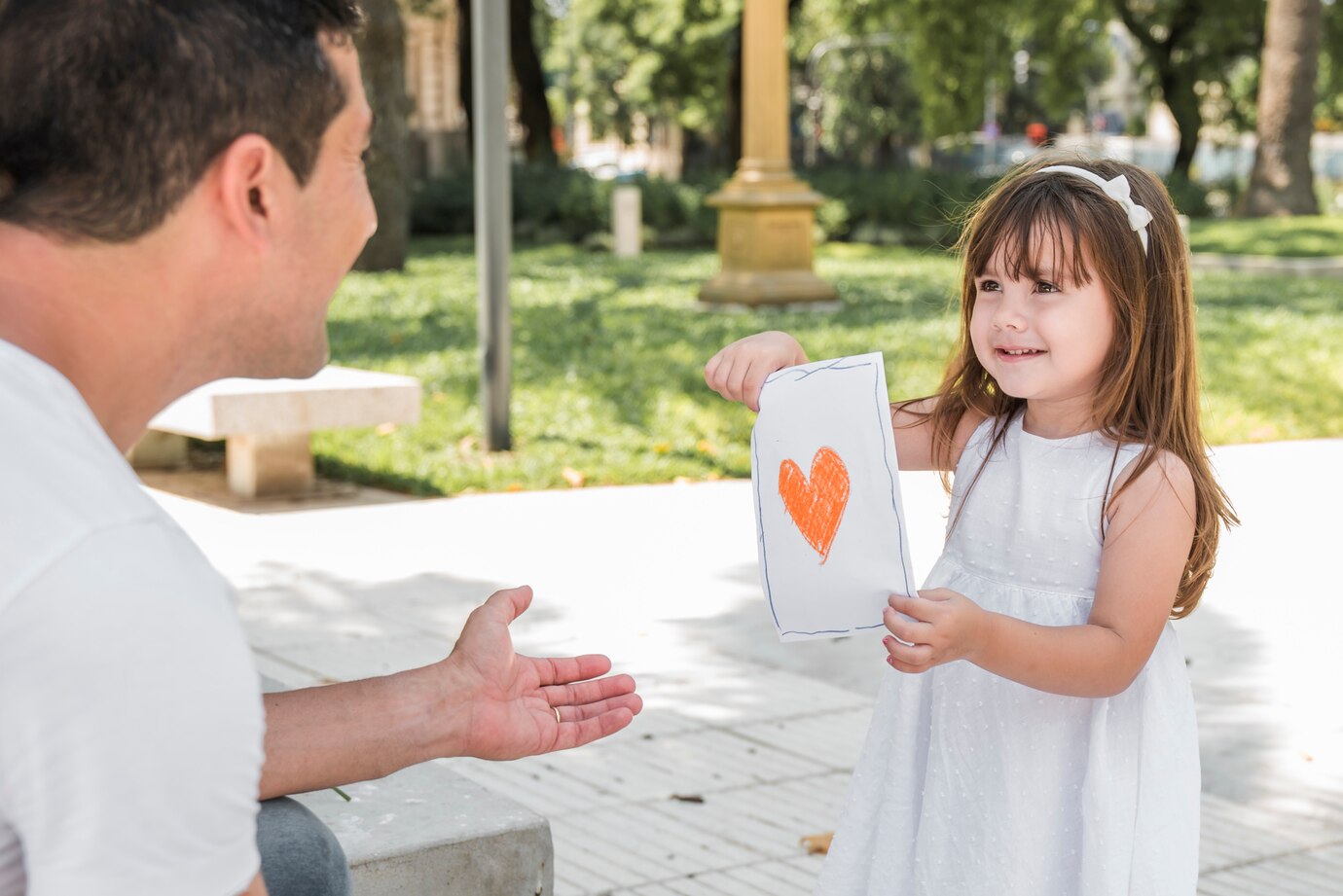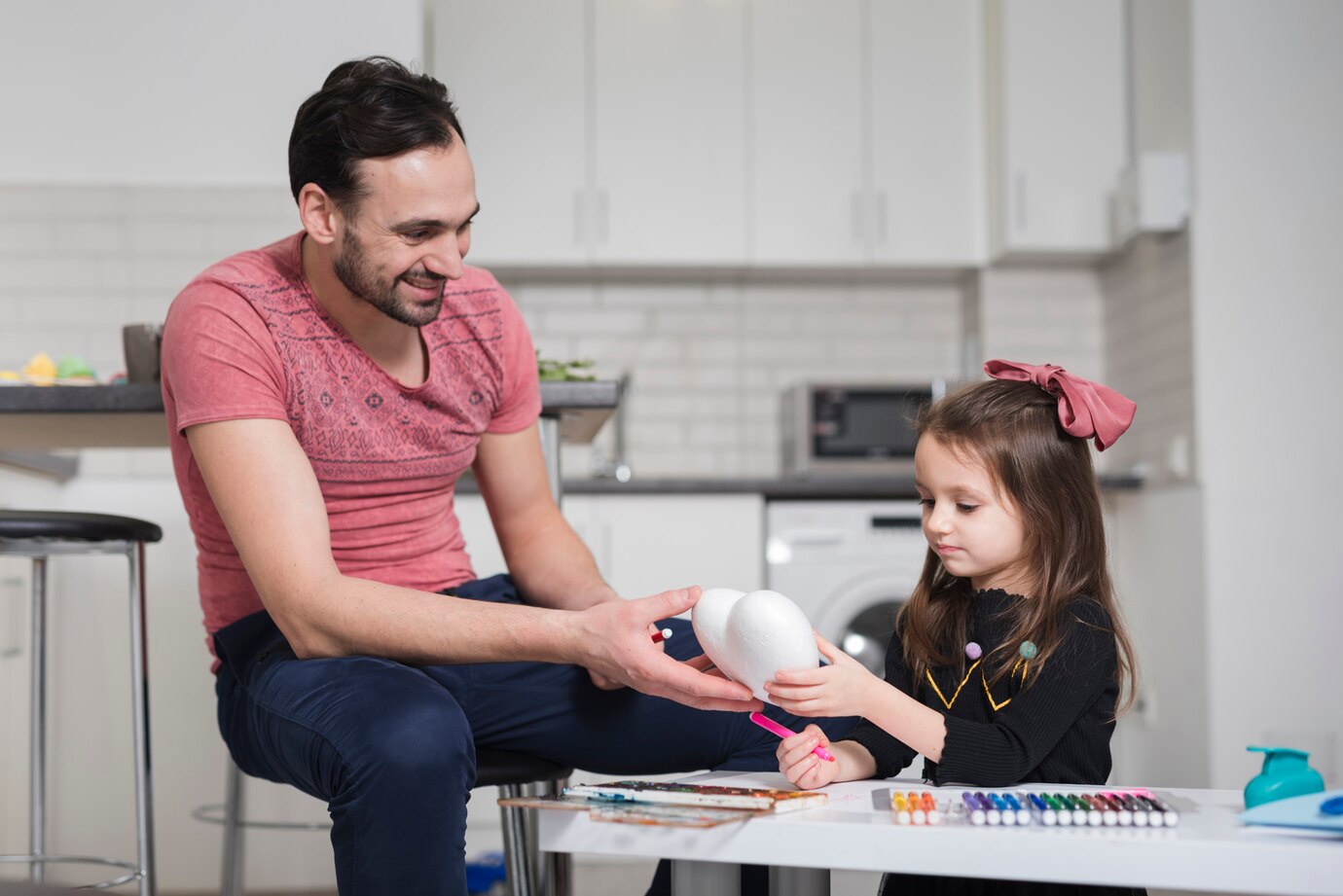
The Importance of Teaching Kids Gratitude and Kindness
Daily life can drown out small, meaningful moments in this busy world we live in today. This means teaching kids about gratitude and kindness is crucial. These are virtues that parents and educators should instil in young people. It helps them grow and makes for a kinder, more compassionate society. This guide discusses the importance of teaching gratitude to kids. It provides activities to help you raise kind kids and build key life skills.
Key Benefits of Teaching Kids Gratitude and Kindness

Gratitude and kindness are more than polite gestures. They are foundational elements that contribute to a child’s emotional and social development. Teaching kids to appreciate things helps them form strong bonds, improve emotional intelligence, and develop a positive view of life.
Emotional and Social Development
Gratitude helps kids see the good things in their lives. This makes them happier and lowers their stress and anxiety. A positive mindset boosts mental health and improves social interactions. Grateful children are more likely to feel empathy. They learn to understand and appreciate others’ feelings and views. Gratitude also boosts relationships. It creates mutual respect and appreciation. This is key for strong friendships and family ties.
Building Resilience
Incorporating gratitude and kindness into a child’s daily routine helps build resilience. When kids focus on the good things in their lives, they can handle challenges better. This resilience helps them handle life’s ups and downs with confidence and grace. Research shows that kids who practice gratitude are more optimistic. This helps them deal with tough situations better. Teaching kids that challenges can lead to growth boosts their emotional strength.
Fostering a Sense of Community
Teaching kids to appreciate others and be kind helps build community and belonging. When kids show kindness, they help create a positive atmosphere. This encourages others to be kind too. This ripple effect builds a supportive and inclusive community. Here, everyone feels valued and respected. Gratitude teaches kids about how we are all connected. This understanding boosts teamwork and cooperation at school, home, and social situations.
How to Raise Kind Children: A Step-by-Step Guide
Raising kind children requires intentional effort and consistent practice. Here is a step-by-step guide to help you nurture kindness and gratitude in your child’s life:
Step 1: Lead by Example
Children learn by observing the behaviour of those around them. As a parent or educator, it is essential to model gratitude and kindness in your daily interactions. Express appreciation for the people and things in your life, and demonstrate acts of kindness towards others. Your actions will serve as a powerful example for your child to emulate. Whether saying “thank you” to a store cashier or helping a neighbour, these small gestures set a foundation for children to follow.
Step 2: Encourage Reflection
Encourage your child to reflect on the things they are grateful for each day. You can use gratitude journals. Write down three things you’re thankful for each night before bed. This practice helps them focus on the positive aspects of their day and reinforces the habit of gratitude. A great way to practice gratitude is during dinner. Each family member can share something they enjoyed from their day.
Step 3: Practice Acts of Kindness
Incorporate acts of kindness into your child’s routine. You could help a sibling with homework, share toys with friends, or write thank-you notes to teachers. These small gestures teach children the joy of giving and the impact their actions can have on others. Encourage them to be kind. They can compliment a classmate or help a stranger. This will help them become more compassionate.
Step 4: Use Storytelling
Stories are a powerful tool for teaching values. Read books and share stories that highlight themes of gratitude and kindness. Talk about what the characters do and how it affects them. This will help your child see why these values matter in real life. Classic tales like “The Giving Tree” by Shel Silverstein or “Have You Filled a Bucket Today?” by Carol McCloud reinforce the significance of kindness and generosity.
Step 5: Create a Gratitude Jar
A gratitude jar is a fun and interactive way for children to express their appreciation. Encourage your child to write down things they are grateful for on slips of paper and place them in the jar. Over time, this jar becomes a visual reminder of the abundance in their lives, reinforcing the habit of gratitude. When children feel discouraged, they can read through the slips to remember the positive aspects of their lives.
Additional Expert Tips & Common Mistakes to Avoid

Teaching gratitude and kindness is key. However, it is important to have the right mindset and steer clear of common pitfalls:
Avoiding Forced Gratitude
Don’t make kids say thank you. It can make them feel resentful. Encourage real expressions of thanks. Help them see why they feel grateful. Instead of telling a child to say “thank you,” ask them how they feel when someone is kind. This helps them express appreciation on their own.
Balancing Praise and Encouragement
While praise is important, over-praising can lead to a sense of entitlement. Praise your child and encourage them. Focus on their effort and intentions, not just the results. Instead of saying, “You’re such a good person for sharing,” try, “I noticed how happy your friend was when you shared. That was very thoughtful of you.”
Consistency is Key
Consistency is vital in teaching gratitude and kindness. Incorporate these values into your child’s daily routine. Use everyday practices and chats to reinforce them. When children see gratitude and kindness valued, they will act this way more naturally.
Advanced Insights: Expert Recommendations
If you want to explore teaching gratitude and kindness, check out these expert tips:
Engage in Community Service
Joining community service projects helps kids feel the joy of giving back. Volunteering at local charities or setting up community clean-ups teaches important lessons. You learn about empathy and social responsibility. When children see the direct impact of their actions on others, it reinforces the importance of kindness.
Mindfulness Practices
Adding mindfulness practices to your child’s routine can help them enjoy the present moment more. Activities like meditation and yoga help kids become more aware of their feelings. This can lead to a stronger sense of gratitude. Mindfulness exercises, such as deep breathing and guided visualizations, help kids manage stress. They can also keep them focused on positive experiences.
Encourage Open Dialogue
Keep talking to your child. Encourage them to share their thoughts and feelings. This dialogue lets us talk about gratitude and kindness. It reinforces these values with meaningful conversations. Ask open-ended questions like, “What was the best part of your day?” or “How did you show kindness today?” to promote reflection.
Cultivating a More Compassionate Generation

The love of learning — teaching kids to appreciate and be kind — is a marathon, not a sprint. It requires patience, commitment, and love. We must raise a kinder generation. We can do this by adding gratitude activities for kids to our lives. We should also show these values every day. Teaching relationship skills to children and youth is crucial. These skills help them manage their relationships. They also inspire kids to contribute to their communities and the world. Let’s start this journey together. We can create a world where love and appreciation guide every act.
Are you ready to embark on this journey of cultivating gratitude and kindness in your child’s life? Start today and witness the transformative power of these values in shaping a brighter future for all.